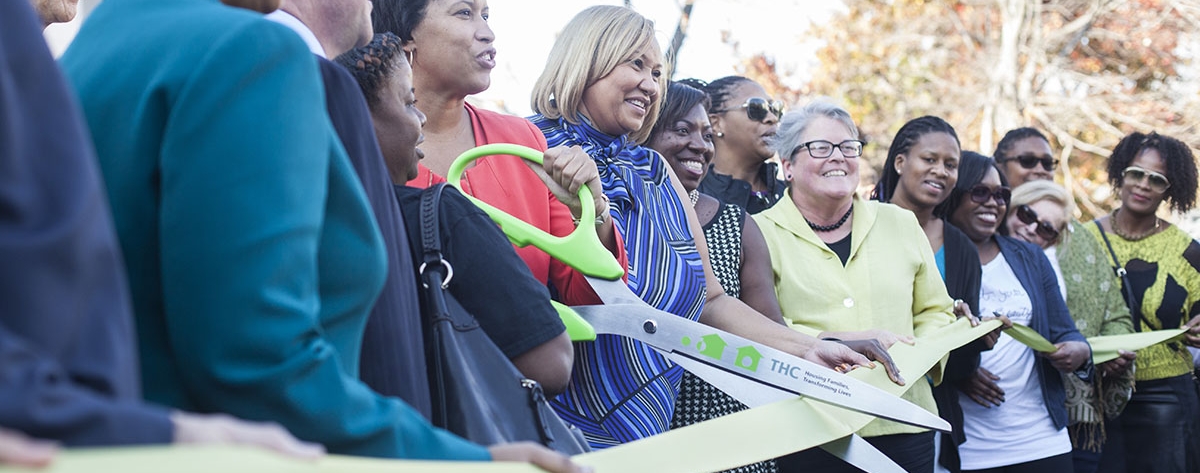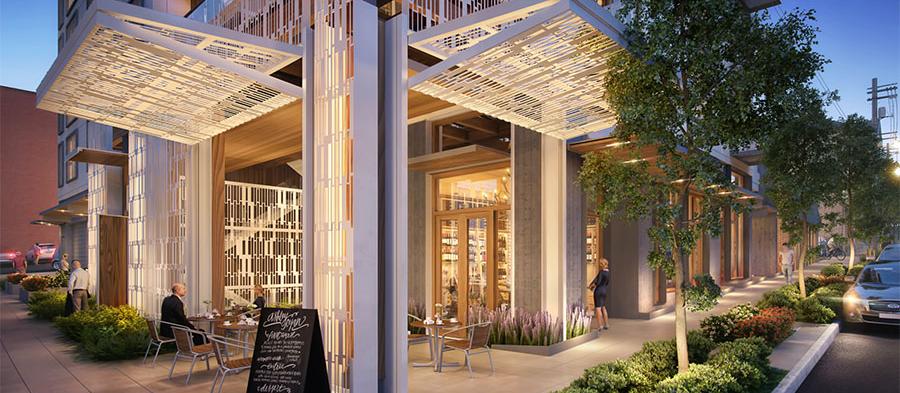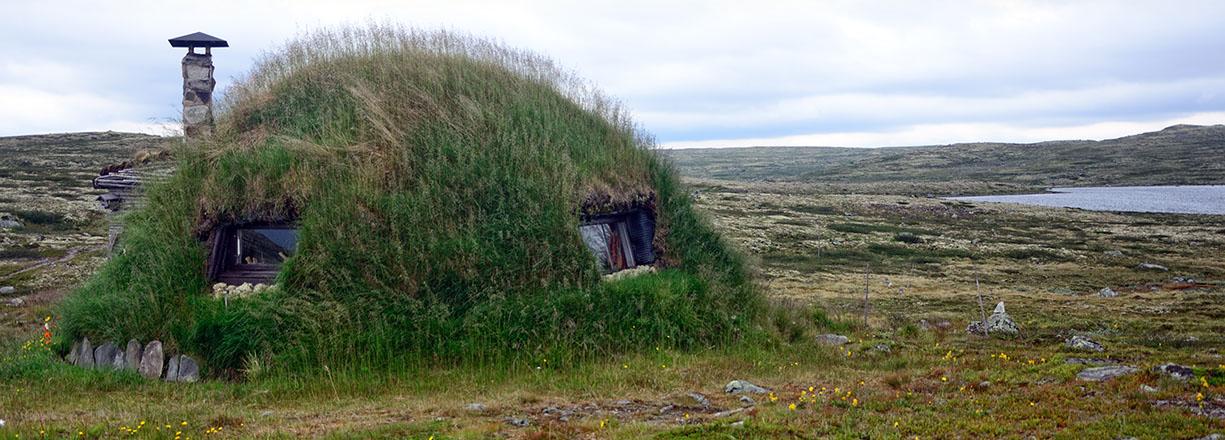Breaking Down The Numbers: The Business case for PHIUS+

How much extra does PHIUS+ certification cost?
This question is hard to answer for the same reason that it is hard to say how much a bag of groceries costs. It depends on what’s in the bag.
Almost everything in the process of passive building, design, construction, and development involves trade-offs. It’s hard to quantify the cost of an enclosure system without considering what other things are being done—or not being done—that affect the total cost.
It depends on what’s in the bag.
The grocery bag that developers use is a proforma document
All of the cash that flows through a project finds its way into a pro forma. Everyone’s pro forma looks different, but it generally contains costs, financial resources, and revenue. Costs break down into hard costs (sticks and bricks), soft costs (architecture, permits, consultants, finance fees, etc), land, and construction costs. Financial resources include equity investors (who expect a return over time) and debt from financial institutions, like banks, which expect a fixed-return rate on their loans.
Revenue comes in the form of rent, but also in the form of vacancy rate. Lower vacancy means higher revenue. Expected revenue may be 10 percent of the total cost in a year—that is a reasonable target. This revenue is then allocated to property taxes, utilities, maintenance, and management. What is left over is called net operating income, or NOI.
Net operating income drives value
NOI of for-profit development is typically used to value the property at some sort of rate. If we expect a 5 percent return on that equity, the value of the property is 20 times the NOI. Most developers aim for positive NOI, but some—such as affordable-housing projects—do not. Some properties are planned to be tax shelters, so the NOI is planned to be zero. For the most part, though, developers are looking for a positive NOI on their projects.
What happens when PHIUS+ is added to a market-rate grocery bag?
There is typically a premium for adding PHIUS+ to the plans. Experienced developers can do it for no premium, but first-time PHIUS+ developers report premiums around 5 percent. Adding it into the total land and soft costs, the premium is closer to 3 percent, but 5 percent makes the math easier. To fund it, you need more debt or more investors.
It’s difficult to get the extra 5 percent from banks because the appraiser has to recognize the added value. Appraisers do not generally recognize added value for comfort, durability, and healthful indoor environments—yet. At least until the market recognizes the value, you need to find the extra 5 percent through investors. There are other ways beyond investors to defray the passive-house premium. Utility incentives, state energy department incentives, municipal incentives, and grants can all bring in extra cash to offset the premium.
On the revenue side, it’s safe to expect higher revenue for a passive building in the form of higher rents, lower vacancies, or both. The allocation is more favorable, too: Utilities will certainly be extremely low. Maintenance will likely be lower, too, but management, taxes, and debt will remain the same. Higher revenue and lower allocation expenses mean a higher NOI, which translates into value when the building is sold or refinanced.
Affordable and profitable. The 35-unit Apartment building in Seattle has small individual units (350-sq.-ft. studios), which rent for $1,000 a month each. The rent at Pax Futura is considered affordable because typical rent is twice that in Seattle. An extra $50 per unit per month could translate to $400,000 when it is time to sell the building. It is easier to get the extra $50 if you offer superior IAQ, comfort, and extremely low energy bills. Photo: Courtesy of Cascade Built.
Developers are calculating risk takers
Developers like proven things that have worked in the past. They want to see a track record, and they look at data. In the end, though, they are risk takers. Breaking ground on a new project is inherently a leap of faith. Bankers and underwriters are not risk takers.
“We depend on a lot of outside capital,” said Sloan Ritchie of Cascade Built in Seattle, “because we do not have $50 million laying around, so we have to validate our model with investors, appraisers, lenders, underwriters, executive loan committees—if any one of them does not like the project, we are finished.”
This is a major part of Ritchie’s process: validating the model to outside people. All of these people are risk averse, whereas a developer’s job is to take risks.
Ritchie presented a business case for PHIUS+ development at the 2017 North American Passive House Conference using a couple of recent projects as examples. Cascade Built is a general contractor and developer that builds for itself and other owners. The examples Ritchie highlighted included an affordable housing complex and a mixed-use six-story apartment featuring retail and commercial space.
A mixed-use experiment that cost less than 5 percent extra. Seattle's 13th and Pike is a six-story apartment building with 48 units, retail, commercial, and a parking garage. The total hard cost was $12 million; the PHIUS premium was about $500,000, or 4%. Photo: Courtesy of Cascade Built.
Lending, debt, and equity investors
Investors may not know much about passive building, but because you may have a lot of face time with them, you can usually get them on board with the program. You’ll still need to show track record, data, and projections, because many investors are cautious, but you have more time to educate them and bring them around. Bankers are less easy to convince.
Ritchie’s rule for communicating with bankers is “never to say ‘passive house,’ ‘passive building,’ or anything like that. They do not know what it is, so—by and large—it is a red flag.” Rather, talk about comfort, air-conditioning, exterior shades, quiet, low energy, and futureproof. These things make sense and translate to bankers. You are unlikely to get the question “Have you built a comfortable building before?” Most likely, they’re just going to think you’re a good marketer with a good project. Investors may think passive house or PHIUS+ is really cool, but the bankers are writing you off as the words come out of your mouth.
If the banker thinks you’re building an earth ship, you are sunk. Sloan Ritchie, a developer in Seattle, never says the words “passive building” to bankers anymore. Bankers don’t know what it is, so it raises questions. Instead he talks about comfort, durability, and energy efficiency.
The two markets in commercial development: tenants and buyers
It’s hard to estimate and prove how much extra a tenant will pay to rent space in a PHIUS+ building. If they are willing to pay more, will they be better tenants? Will there be less wear and tear? Probably, but you cannot really prove that to a banker. Even for the “affordable” $1,000 apartments, most people are willing to pay $20 extra. Maybe it breaks down to 10 bucks for thermal comfort, 5 bucks for indoor-air quality, four bucks for quiet. Add another buck for a lower carbon footprint.
The buyer really only looks at the NOI—all the income minus the expenses. So if passive house has an economic value, it has to end up in NOI somewhere. You either need more rent or less expenses. Otherwise, there’s no economic value to it—in this model. Twenty bucks per month times 35 units times 12 months is $8,400 per year. Dividing by the capital rate (20 times the NOI) gives a value of $170,000 for adding PHIUS+ to the grocery bag.
Will people stay longer in a PHIUS+ building?
Five percent vacancy is a common rate to use for underwriting. Will tenants stay longer in your passive building? It is reasonable to bet that tennants will stay longer because PHIUS buildings provide a superior environment. Because we don’t have data, though, it ends up being a bet. Maybe you can change the vacancy rate to 4 percent. This extra income every year translates to a value. As you move from 5 percent to 3 percent on the 35-model unit pictured earlier; you create $183,000 of value. That $183,000 is pretty similar to the extra $200,000 you paid for passive house upgrades. So maybe the vacancy pays for the whole thing. But you don’t know for certain. You cannot prove it to bankers.
Those apartments cost about $1,000 a month. How much more will tenants pay to live in a space with superior IAQ, comfort, and energy consumption? If people in affordable housing, like Pax Futura, will pay an extra $20 per month, tenants in larger and more luxurious accommodations will probably pay an extra $50 per month, so that’s an additional $20,000 income per year, which translates to $400,000 in value. So when the building gets sold, someone’s going to pay an extra $400k for your $50 bump in rent. Not only does that pay for the PHIUS+ certification, it also pays a nice return to the investor.



